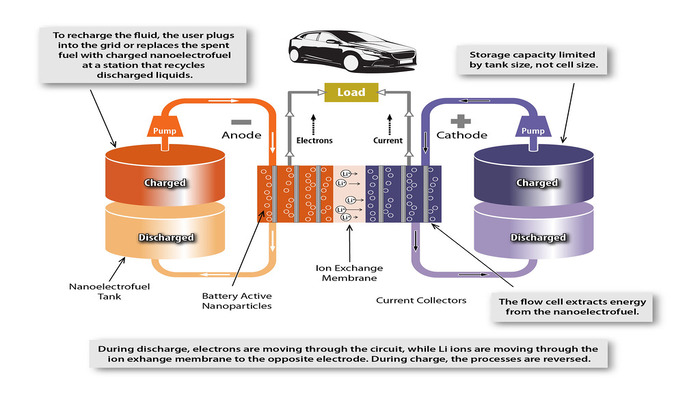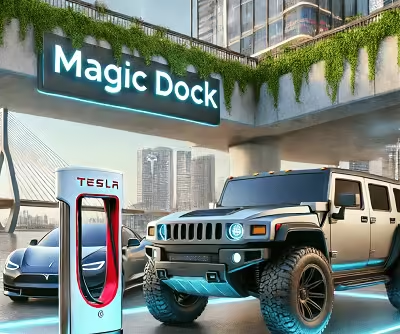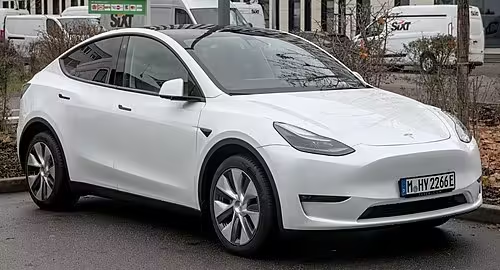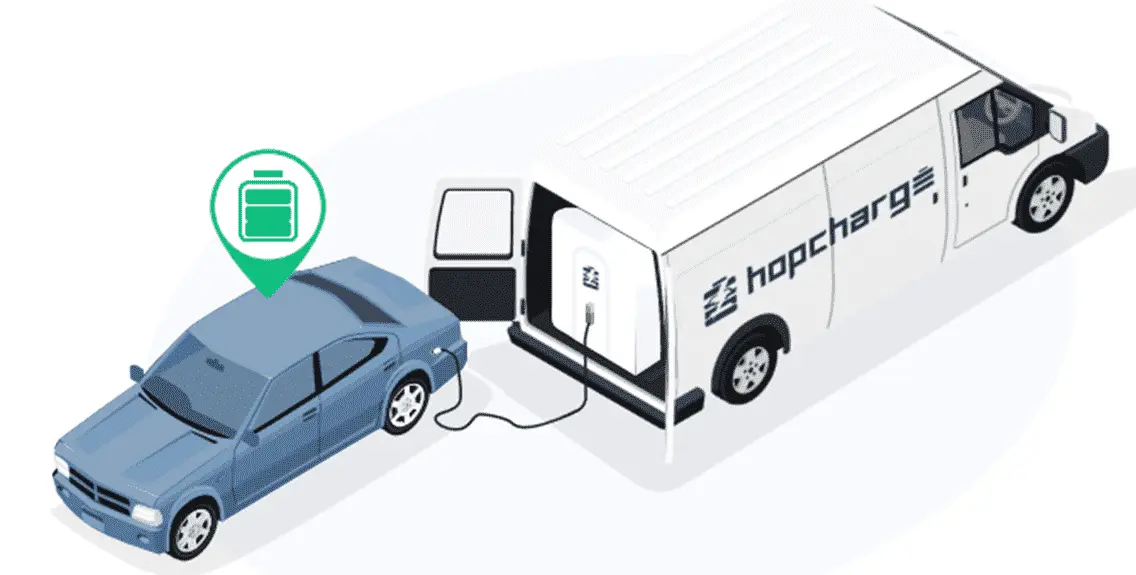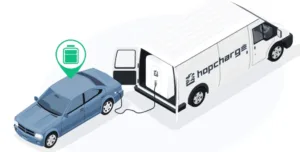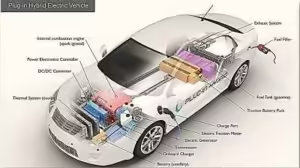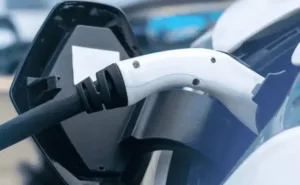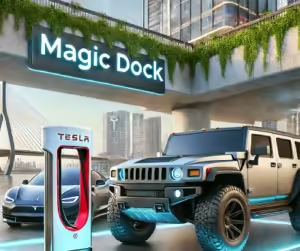As electric vehicles (EVs) become increasingly popular, it is important to maximize their efficiency and ensure smooth grid integration. The energy management system in electric vehicles EMS is the brain behind efficient electric vehicles. This system plays an important role in many ways, from extending battery life to minimizing environmental impact, and understanding its functions is key to the future of electric mobility.
Energy management systems for electric vehicles, which also consist of an energy management system, focus on the allocation of energy used in charging electric vehicles that require electricity to operate. Let’s take a closer look at these two management systems.
Energy Management System
Energy management systems (EMS) are not just data collectors, but powerful tools for optimizing energy consumption at various levels, from individual buildings to microgrids. These sophisticated systems use to collect energy consumption data in real time and transform it into intuitive graphs, visualizations and powerful analytics. This gives users a deeper understanding of their energy consumption patterns, leading to a range of benefits:
- Real-time insights: Continuously monitor energy consumption to identify areas for improvement.
- Leak and fault detection: Proactively identify energy leaks, equipment failures, and unusual consumption patterns.
- Data-driven decision-making: Set achievable conservation targets and develop actionable plans based on accurate data.
- Performance monitoring: Track progress towards energy efficiency goals and identify areas where further optimization is possible.
- Cost savings: Reduce energy consumption and associated costs by minimizing unnecessary usage.
- Environmental impact reduction: Actively participate in environmental protection by lowering your carbon footprint.
- Strategic planning: Make informed decisions about future fuel and energy purchases based on insightful data analysis.
- Demand response participation: Actively contribute to grid stability by participating in demand response programs.
- Enhanced awareness: Foster a culture of energy conservation within your organization or community.
- Increased accountability: Encourage responsible energy consumption through accurate data tracking.
By harnessing the power of EMS, we can create a more efficient, sustainable, and cost-effective energy landscape for the future.
Energy Management System in Electrical Vehicles
Energy management is a powerful tool for monitoring, controlling and optimizing the energy flow within a charging infrastructure for electric vehicles. It works in a very simple way. It is enabled by a centralized, cloud-based management platform that uses an advanced algorithm to shift and balance charging loads as needed. This automatically ensures that the vehicle’s energy sources are used as efficiently as possible, increasing performance and extending battery life.
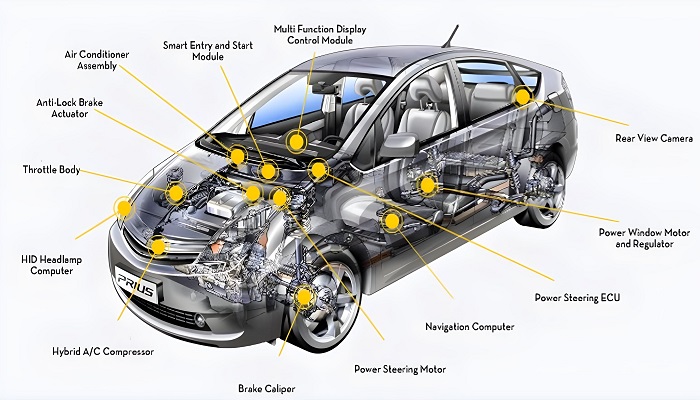
EV Energy Management System Components
The Energy Management system in an electric vehicle (EV) is the key of the whole operation, orchestrating various components to ensure efficient and safe use of energy. Here’s a breakdown of the key players:
Battery pack : A battery pack consists of several cells connected together to provide a higher voltage or capacity than a single cell can deliver. Power banks are specially designed for electric vehicles, laptops and other applications.
Battery Management System (BMS): A battery management system (BMS) is the brain of the battery and constantly monitors its condition and performance. It monitors factors such as the state of charge (SoC), temperature and voltage in order to optimize the charging process, prevent damage and extend battery life of the battery.
Thermal Management System (TMS): A Thermal Management System (TMS) is essentially a cooling system that regulates the temperature of the battery and electronic components. This can be anything from a laptop to an electric car battery. The main benefit of a TMS is that it prevents overheating, which can damage the device and shorten its lifespan.
Energy Storage System (ESS): An energy storage system (ESS) is like a giant rechargeable battery. It stores surplus electricity, which usually comes from renewable sources such as solar or wind, for later use. This helps to balance the power grid and provide a backup in the event of power outages. In short: ESS help us to use renewable energy more effectively.
Electric Motor : Electric vehicles (EVs) replace a gasoline engine with an electric motor. This motor works like a muscle and converts the electrical energy from the battery into torque. This power is then transmitted to the wheels via a single-speed gearbox to ensure efficient power transmission.
Many e-vehicles have a special type of electric motor, the so-called motor generator. This all-rounder not only drives the car forward, but can also brake regeneratively. When braking, the motor generator captures the car’s kinetic energy and converts it back into electricity, which recharges the battery and increases the range
DC-AC Converter: The battery of an electric vehicle supplies direct current, but the motor needs alternating current. This is where the inverter comes into play. This clever device works like a translator, converting direct current into alternating current (DC to AC ) and fine-tuning its strength and frequency depending on the driver’s input (pedal and brakes). This allows the speed and acceleration of the motor to be precisely controlled.
Onboard Charger: This is the connection between your electric vehicle and the outside world. It converts the alternating current received from the charging station into DC power compatible with the battery pack and allows you to replenish your electric vehicle’s energy reserves.
Technological Advances and Benefits
Innovations such as smart charging technologies and EMS online and offline optimization solutions and the algorithms mentioned can be rule-based (RB), fuzzy logic controller (FLC), genetic algorithm (GA), artificial neural network (ANN), particle swarm optimization (PSO), krill herd (KH), ant lion optimizer (ALO), ant colony optimization (ACO). The framework of this section explores such co-design optimization objectives and constraints as:
- Extended battery lifetime
- Extended EV range.
- Minimized powertrain costs
- Enhanced battery state of charge (SoC)
- Battery charging limitations satisfaction
- Improved energy efficiency lead
- Minimized fuel economy
- Making EVs more attractive to consumers.
Challenges Energy Management in Electric Vehicles
Energy management systems in electric vehicles have a bright future, but there are still some significant hurdles on the way to widespread acceptance.
Battery Degradation: The Achilles heel of EVs is battery degradation, which reduces range and overall lifespan over time. Energy Management System for Electric Vehicles must be designed to optimize charging cycles, minimize heat generation and extend battery life.
Thermal Regulation: Extreme temperatures have a significant impact on battery performance and service life of batteries. Electric Vehicle Energy Management System for must effectively control the thermal conditions within the battery pack and ensure optimal operating temperatures during charge and discharge cycles.
Integration with Renewable Energy Sources: A key element of truly sustainable transportation is the integration of electric vehicles with renewable energy sources such as solar and wind power. Energy management systems in electric vehicles must be intelligent enough to adapt the charging process to the availability of renewable energy in real time, thus maximizing the environmental impact of electric vehicles.
By addressing these challenges, we can realize the full potential of EV Energy Management System and pave the way for a future where electric vehicles are not only efficient, but also truly sustainable.
Energy Management System in Electric Vehicles and Sustainable Mobility
Electric Vehicle Energy Management Systems is a sustainable transportation revolution. Addressing the challenges of uncontrolled charging of electric vehicles contributes to a greener future in several ways:
- Reduced Carbon Footprint: Uncontrolled charging often relies on the peak load of the electricity grid, which is often covered by fossil fuels. Electric Vehicle in Energy Management System (EVEMS) promotes efficient charging methods and uses renewable energy sources when available. This leads to a significant reduction in greenhouse gas emissions associated with the operation of electric vehicles.
- Smart Grid Integration: EVEMS promote a more harmonious relationship between EVs and the electricity grid. By matching the charging process to grid conditions and integrating renewable energy, Electric Vehicle in Energy Management System contribute to a more stable and sustainable energy infrastructure.
- Optimized Energy Use: Energy Management System in Electrical Vehicles promote efficient energy use in the e-vehicles themselves. This not only extends battery life and reduces energy waste, but also minimizes the environmental impact associated with the production and disposal of EVs.
Energy Management System in Electrical Vehicles are an important step in decoupling transportation from dependence on fossil fuels. By enabling widespread adoption of EVs while promoting sustainable charging practices, Electric Vehicle in Energy Management System pave the way for a future where clean and efficient transportation is the norm.
Case Studies
The potential of energy management systems (EMS) in electric vehicles is obvious, but concrete examples underpin their impact. This section looks at real-world case studies that demonstrate successful EMS implementations.
Practical examples of EMS show the advantages and potential of these systems in electric vehicles. Buckle up and discover how EMS is revolutionizing electric mobility!
The future of Energy Management System in Electrical Vehicles
The future of energy management systems (EMS) in electric vehicles (EVs) is full of exciting possibilities. Here is a brief insight:
Smarter charging: Advanced algorithms will optimize charging based on factors such as grid conditions and renewable energy availability to maximize efficiency and minimize environmental impact.
Machine learning and Artificial intelligence (AI): These technologies will improve battery health prediction and optimize charging strategies to further increase battery life and range.
Vehicle-to-grid (V2G) integration: EVs are not only charged but can also feed power back into the grid, contributing to grid stability and creating a more dynamic energy ecosystem.
These advances, combined with evolving policies to promote sustainability, are paving the way for a future where EVs are not only efficient but also truly environmentally friendly. Twins can inaccurately indicate in
Energy Management System For Electric Vehicles Pdf Download
Conclusion
The role of energy management systems in electric vehicles is pivotal. As technology advances and the push towards sustainability grows stronger, the future of EMS in EVs looks promising.
FAQs
Which of these are 3 main components of the EV powertrain?
- Battery Pack: Stores electrical energy.
- Electric Motor: Converts that energy to mechanical force for the wheels.
- Inverter (DC-AC Converter): Translates DC battery power to AC for the motor.
What are key EV components? (Same as above)
What are the components involved in the e power system? (Same as above)
What are the components of an EV?
- Battery Pack
- Electric Motor
- Inverter (DC-AC Converter)
- Reduction Gearbox (Optional): May be used to adjust motor speed for optimal power delivery.
- Thermal Management System: Cools the battery and motor.
- Onboard Charger: Converts AC from the grid to DC for battery charging.
- Battery Management System (BMS): Monitors and manages battery health.
- Motor Controller: Receives driver input and controls motor power delivery.
What are the components of energy management system? (Focus on EV context)
- Battery Management System (BMS)
- Motor Controller
- Inverter (DC-AC Converter)
What are the components of the energy monitoring system? (Not specific to EV, so broader answer)
- Sensors to measure energy use (electricity, fuel, etc.)
- Data collection and analysis system
What energy systems are in EV?
- Battery storage system (the battery pack)
- Electric motor
What is BMS in EV?
- Battery Management System: Monitors and manages battery health (like a watchdog for the battery).
What is EMS in EV?
- Energy Management System: Oversees all powertrain components to optimize energy use, range, and battery health. (Think of it as the conductor of the EV orchestra)
What is the energy management module in a car? (Same as EMS in EV)
What is the most important component of EV?
There’s no single “most important” component, but the battery pack is crucial for storing energy and determining range.
